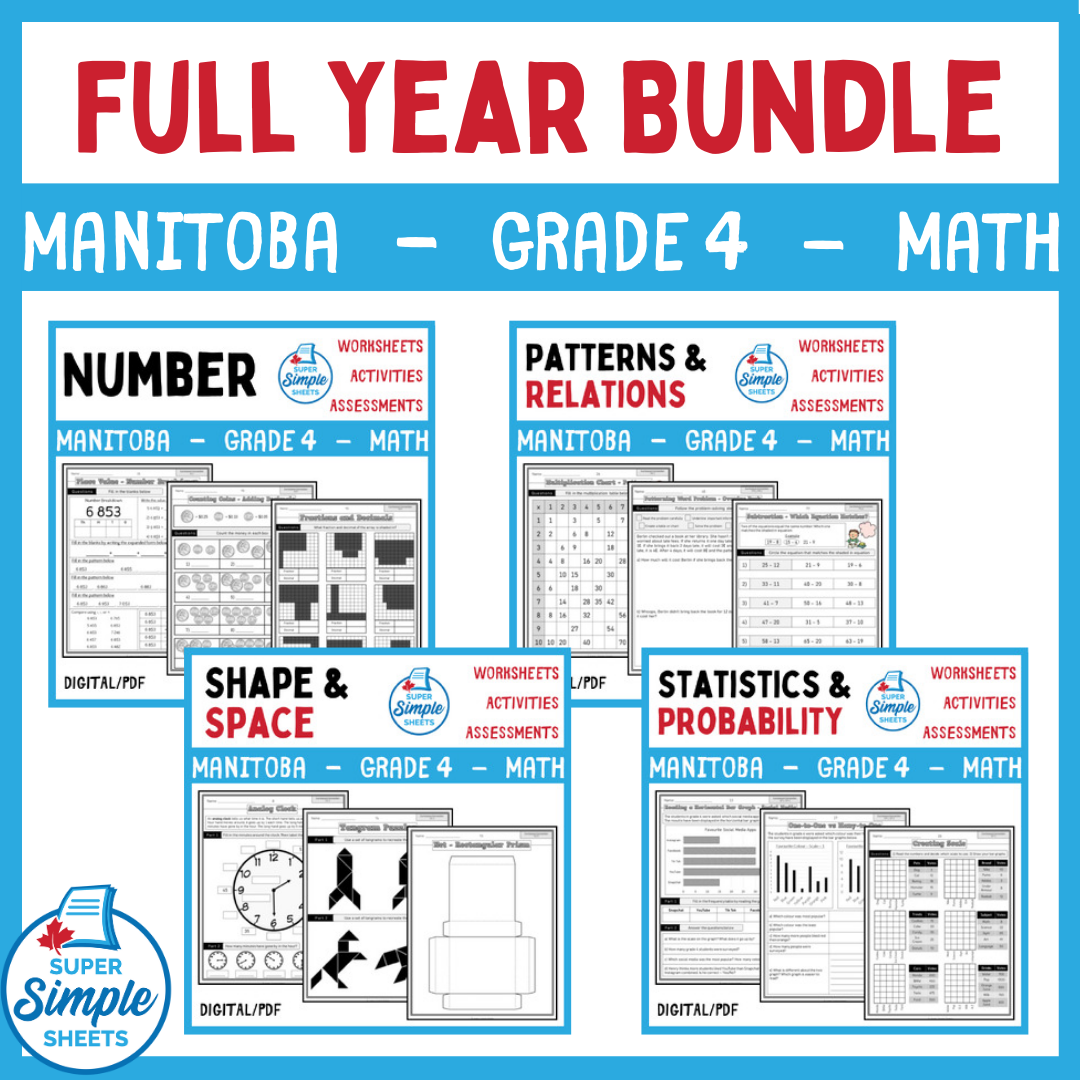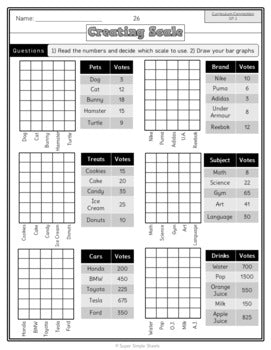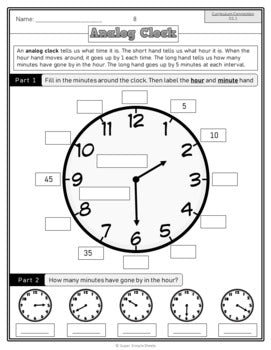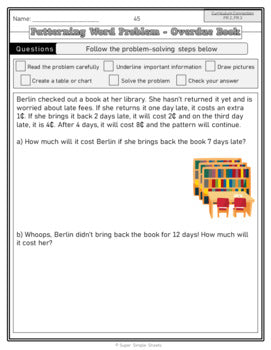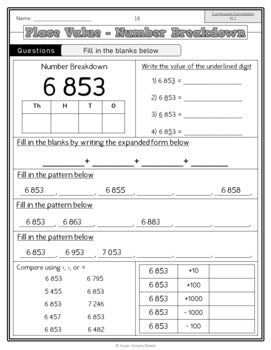Grade 4 - Manitoba Math - Full Year Bundle
Grade 4 - Manitoba Math - Full Year Bundle
Interested in a bundle? Shop below instead!
Couldn't load pickup availability
PRODUCT PREVIEW
DIGITAL AND PDF INCLUDED! Grade 4 - Manitoba Math Curriculum Updated 2013 – This resource covers all expectations in the Grade 4 – Manitoba Math Curriculum. This product contains 779 activity sheets.
Check out each of the strands below to learn more about the resources included in this bundle.
Strand 1 - Number (Number Sense)
- Composing and decomposing whole numbers to 10 000
- Using base ten blocks to represent numbers
- Counting money as base ten reinforcement ($100, $10, $1)
- Comparing and ordering numbers to 10 000
- Number line addition, subtraction, multiplication, division
- Addition and subtracting using numbers to 10 000
- Fact Families – Relationship between multiplication and division
- Multiplication and division facts – 1 through 10
- Addition mental math strategies (adding in chunks, counting on, doubling, and more)
- Subtraction mental math strategies (adding up, counting back, subtracting in chunks)
- Multiplication mental math strategies (skip counting, doubling and halving)
- Division mental math strategies (skip counting, splitting up the dividend)
- Standard algorithms – addition, subtraction, multiplication, division
- Multiplication using 2 and 3 digits by 1
- Division using 1-digit divisors and up to 2-digit dividends
- Estimating and solving addition and subtraction
- Arrays – Multiplication and Division
- Naming fractions as parts of a whole
- Comparing and ordering fractions
- Comparing, ordering and adding decimals to the hundredths
- Understanding the relationship between fractions and decimals
- Adding and subtracting decimals to the hundredths
- 2 Unit Quizzes – Place Value, Numbers, Operations
Strand 2 - Patterns and Relations
- Creating patterns using squares
- Extending patterns using blocks
- Determining the pattern rule in various types of patterns (growing, shrinking, number, pictorial)
- Addition growing patterns
- Part Part Whole questions
- Decimal number patterns
- Subtraction shrinking patterns
- T-Tables (input/output tables)
- Translating pictorial patterns and word problems into t-tables and charts to solve problems
- Determining missing values in a pattern using all four operations (addition, subtraction, multiplication, and division)
- Using t-tables to solve word problems
- Solving equations that have missing values
- Writing equations that represent a word problem
- Division bar model – fair sharing word problems
- Using symbols (variables) to represent a missing value
Strand 3 - Shape and Space (3-D Objects and 2-D Shapes)
- Reading digital clocks
- Calculating elapsed time using digital clocks
- Reading analog clocks and 24-hour clocks
- Calculating elapsed time using analog and 24-hour clocks
- Read a calendar
- Calculate elapsed time using calendar dates
- Write the date in different formats, including short forms
- Find area of irregular shapes using grids and dot paper (optional: geoboards)
- Using square units for finding area
- Using metres and centimetres
- Constructing different rectangles that have the same area
- Tangram puzzles – using tangrams to create pictures
- Creating structures using 3 objects (blocks)
- Constructing rectangular and triangular prisms using nets
- Analyzing triangular and rectangular prisms (faces, vertices, edges)
- Understanding congruency
- Identifying lines of symmetry in 2-D shapes
- Creating symmetrical 2-D shapes
- Drawing lines of symmetry in 2-D shapes
- Unit test
Strand 4 - Statistics and Probability
- Compare graphs that use one-to-one and many-to-one correspondence
- Read and interpret pictographs
- Answer questions and draw conclusions about pictographs
- Collect data for the purpose of a pictograph
- Construct pictographs using proper labels
- Read and interpret bar graphs
- Understand how scale affects the look of a bar graph
- Answer questions and draw conclusions about bar graphs
- Collect data for the purpose of a bar graph
- Construct bar graphs using proper labels
- How line breaks are used to change the look of a bar graph
*ANSWER PAGES INCLUDED*
This is a comprehensive unit that will save you hours of planning! It has been tested and found effective in helping students achieve the specific learning outcomes created by Manitoba Education.
Share
